This article is part of a series called How to Write a Resume. To start this series from the beginning, read the introduction.
Going through piles of resumes is tedious, mind numbing, and finger shredding work. I get grumpy just thinking about it. But after hours of sifting through endless wads of wasted resume copy, I have noticed a pattern to what gets my attention. There are tricks you can employ in your resume writing to get employed. You don’t need to be a professional resume writer to get noticed and land an interview. Promise.
| Resume Writing Series: |
|---|
Since I am a professional writer, and have hired many to join my team(s), I’ll share the simplest ways to build your resume. I’ll share the stuff you must do to get noticed.
Here are 10 ways to build a resume like a professional resume writer (The Do’s):
1. Do get organized.
Stop spazzing, stressing, and splitting hairs over writing your resume. Take a chill pill and just get organized (yes, I wrote chill pill). Putting some words to paper requires a bit of research on your part. Are you medicated yet? OK, here’s how to do it:
- Find a Job. Without a job description to work from, it’s impossible to tailor your skills and accomplishments to fit the employer’s job requirements.
- Build a Skills Inventory. You’ve gotta know what skills you’ve got to market. So list them in this free worksheet.
- Research the Prospective Employer. Knowing specifically what makes the company tick can turn your resume into the bomb (in a good way). Research also helps to address the needs of the organization. Knowing why the company needs to hire for a position is key to addressing how you can help the company.
- Match Your Skills to Employer Job Requirements. I’ve said it once, I’ll say it again: you’re resume is not about you. Your resume is about how you fit the employer’s job requirements. So get organized with this free worksheet.
2. Do know your reader.
Who’s your audience? Who’s picking the top candidates and passing on the rest? The reader is generally a recruiter, a hiring manager, a human resources person, or a potential boss. So save these busy people loads of time by making their job easy. Write a Killer Resume to grab their attention in seconds.
3. Do be clear and concise.
Prospective employers only skim resumes. They make a quick “yes” or “no” decision based on seconds of reading. So do yourself a favor by writing easy-to-read sentences. Here are some clear and concise tips:
- Use Bullet Points. Points are skimmable. They are short. Readers can scan lists in seconds.
- Write Short Sentences. Keep the attention of hiring managers by writing simple, easy-to-follow sentences. Short and sweet lands the interview.
- Avoid repeating yourself. Tell the recruiter the important stuff once, at the beginning of your resume.
4. Do use action verbs. Do use active voice.
Action verbs give your resume strength, power, and direction. Strong sentences are those in which a subject performs an action (active voice) as opposed to an action being performed on the subject (passive voice). For example, “I planned an event” creates a stronger impression than “An event was planned by me”.
Use action verbs and active voice descriptions to highlight your sense of initiative. Strong words like proposed, sold, managed, and designed can make the difference between the trash can and the treasure chest. Be sure to describe each of your accomplishments using a simple, powerful, action statement and emphasize how you can benefit an employer.
Example:
- Incorrect: Know how to use the Java programming language.
- Correct: Programmed the online store in Java to support one thousand page views per second.
Here’s a free printable download of action verbs to help you out.
5. Do use quantitative facts and figures.
Employers like the numerical facts. Do use percentages, dollar amounts, and numbers to best explain your accomplishments. Be specific to get the point across quickly.
Example:
- Incorrect: Sold advertising to 11 companies.
- Correct: Closed 11 strategic accounts billing in excess of $5M annually.
See the profound difference? Facts and figures better illustrate your abilities to an employer.
6. Do use white space.
No one wants to see a cluttered mess. If you want the job interview, you’d better clean house and make your resume readable with some white space. White space (also called negative space) is the blank area on a page where text and illustrations are not printed. Create more white space in your resume by removing the jobs, experiences, and skills not matching the employer’s job requirements.
7. Size does matter.
Your resume is not the next great American novel. Sorry. So keep it short and concise at 1-2 pages (preferably one page). If a hiring manager doesn’t like the first page, they won’t be turning to read the second. Do use a readable font. Shrinking your letters down below 10 point makes your words unreadable.
8. Do use the right format.
There are three basic resume formats: Chronological, Functional, and Combination. Pick the right format given your skills, work history, and job requirements.
- Chronological resumes list jobs in order, starting with the most recent job you held and working backwards. This format emphasizes work history and longevity.
- Functional resumes group accomplishments under specific areas of skills and abilities. Functional resumes focus on skills rather than lengths of employment. Career change positions and employment gaps do not stand out.
- Combination resumes are a hybrid of both the chronological and functional resumes. Combination resumes can feature your history as well as your skills.
If you have large gaps in your work history, have been employed in a number of jobs for a short time, are a new graduate student, or are changing careers: a functional or a combination resume may be the most effective format for your resume.
I’ll post further information on resume formats and who should use each type later in this series. I may even have a sample resume or template for download. 😉
9. Do write a killer resume.
Blow the hiring managers away in 10 seconds or less by writing a killer resume. Want to rise to the top of the hire pile, do read 10 Things that Define a Killer Resume.
10. Do ask for editing. Do get a second opinion.
Before sending your resume to employer job nirvana, do ask a friend to proof read your work. It’s so easy to make a typo or spelling error after working so closely with your own wise words. Besides, a proof reader can help identify the points that fail to convey your true ability. Does your resume impress your editor in 15 seconds or less? Perhaps you missed something important only a close friend could mention? Always ask for a second opinion. Editing makes your resume stronger.
Creating a resume like a professional resume writer is easy. It just takes some planning, some research, and a strong desire to land a job interview. Try using these 10 Do’s the next time you update your skills, accomplishments, and experiences.
Got any other resume writing tips to offer? I’ve been getting lots of email from you guys expressing joy over this series. I feel your joy, now don’t fear commenting! (Hint: You don’t have to use your real name.)
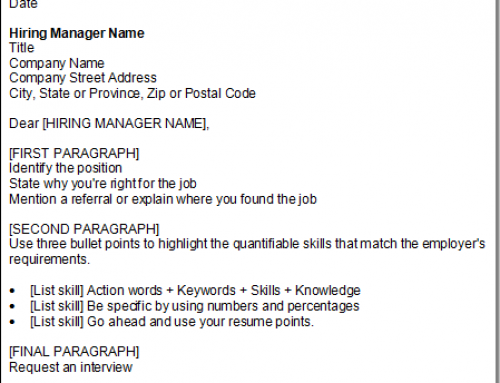
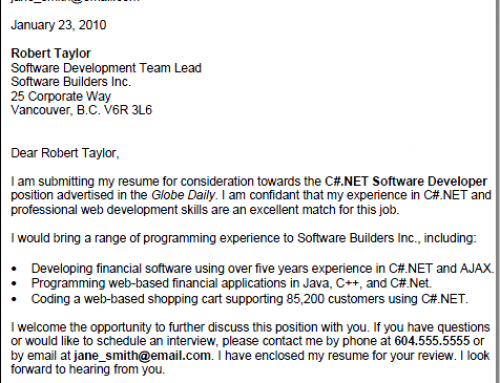
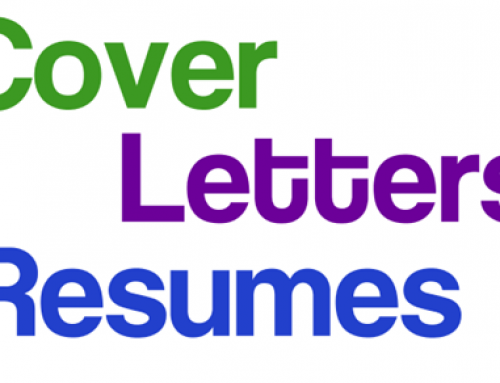
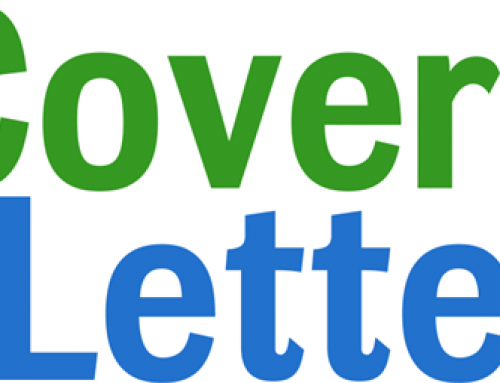
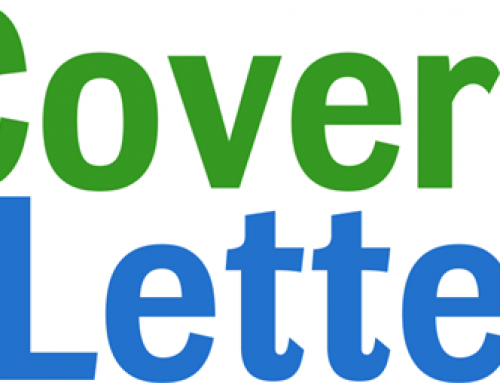
This is great advice. I especially agree with the part of using action works and being concise. No one wants to read a long resume, no matter how impressive it is.
The do’s what? I think you accidentally put an apostrophe
1. you’re resume is not about you.
“your” is the possessive form of “you”
(Do) consider dropping “Do” from section headings; the verb has more command without it.
Otherwise, fine recommendations!
My big pet peeve is when the resume doesn’t clearly tell the reader what job you want. Don’t make people guess about what you want to do or can do! If you are going after a couple of different opportunities then have a couple versions of your resume. When a hiring manager reads your resume they are looking to see if you are a match for the opening that they have. If they have to figure out what you want they will put your resume aside and go on to the next resume that is a fit for their opening.
Love the Resume Writing Series! I really should update mine as a form of recession insurance… I haven’t looked at it for at least 3 years!
Fox,
I was re-reading your resume series and I was noticing #7 on this post, does size matter. I have been a technical hiring manager for a few years now. Most of the resumes that I see anymore are 2 pages minimum with 3 being the average. Occasionally some are 4 pages and I’ve even seen a 6 page resume. I think the short and sweet resume is becoming a thing of the past (in some fields).
[…] the hiring manager’s time reading a vague list of responsibilities, be specific and use quantitative figuresto back up your cited skills and […]
Most of this is wrong. I’ve been a hiring manager for over 25 years and let me tell you:
1. Phony numbers and percentages can be made up and are impossible to verify. I ignore them as inflated at best, lies at worst.
2. If you have been working more than a few years, it is IMPOSSIBLE to put the information you suggest in a 1 page resume and nearly impossible in a 2 pager.
This information in this article is the same impractical pablum spouted by so-called “resume experts” for many 30 years. Ignore it!
The resume that gets my attention is one that shows the applicant has the relevant education/training and has worked in the same or similar field for a number of years. Oh, and spelling and grammar must be correct.
I need to update my resume, it has been several years since I last worked on it. I didn’t know that the shorter a resume is the better off you’ll be, it’s true that the front page of your resume is the one that needs to catch potential employer’s attention. I will definitely take that into account when I update it, or if I have a hard time doing it I’ll look for someone to do it for me.